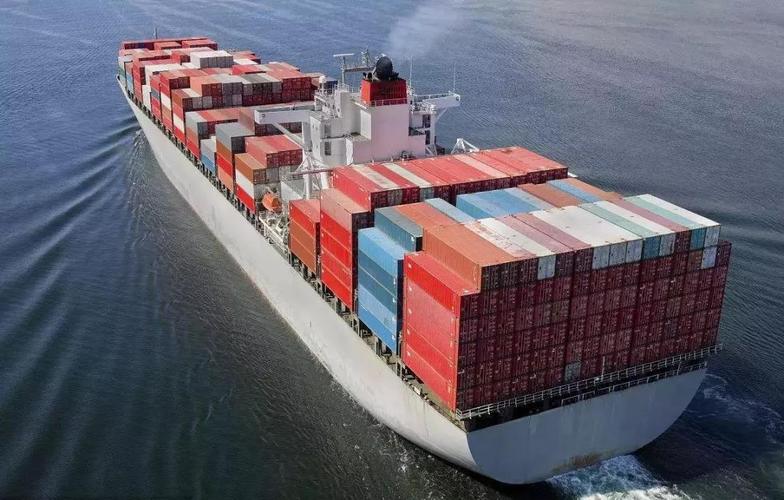Managing multi-supplier shipments to Thailand can be a challenging but crucial task for businesses importing products from various sources. When you are importing goods from multiple suppliers in China, it’s important to streamline your logistics process to save time, reduce costs, and ensure compliance with Thailand’s shipping regulations. Here’s a step-by-step guide to managing such shipments effectively.
1. Use a Certified Forwarder for Thailand Shipments
To manage multi-supplier shipments effectively, it’s vital to work with a certified forwarder who specializes in Thailand shipments from China. A certified forwarder will help consolidate multiple orders, handle documentation, and ensure that shipments are compliant with both Thai and international regulations. They can also help reduce shipping costs by consolidating smaller shipments into one larger shipment, which is more cost-effective.
2. Consolidate Shipments for Efficiency
One of the best ways to manage multi-supplier shipments is by consolidating them into one shipment. This process is particularly useful for smaller orders from different suppliers. The certified forwarder can take care of consolidating multiple orders into a single container, which can significantly reduce shipping costs and streamline customs clearance.
3. Understand Thailand Shipping Regulations
Every country has its own import regulations, and Thailand is no exception. As an exporter to Thailand, you need to ensure that all products comply with Thailand shipping regulations. This includes:
- Proper import documentation: Customs forms, invoices, and certificates of origin.
- Product classification: Ensure each product from different suppliers is correctly classified according to Thai customs codes (HS codes).
- Customs duties and taxes: Be aware of applicable tax rates and duties for different products.
4. Maintain Clear Communication with All Suppliers
Effective communication with your suppliers is crucial for smooth multi-supplier shipments. Make sure all suppliers are aware of the shipment consolidation process and have the required paperwork ready. Clear communication helps avoid delays or discrepancies in product quality, quantity, or documentation.
5. Work with a Trusted Customs Broker
A customs broker plays an important role in managing multi-supplier shipments. They will ensure that all customs paperwork is in order and that shipments are cleared without unnecessary delays. Working with an experienced customs broker will also help you navigate Thailand’s regulations smoothly, especially when you’re dealing with products from multiple suppliers.

PAA (People Also Ask)
- What is the best way to manage shipments from multiple suppliers to Thailand?
The best approach is to consolidate shipments through a certified forwarder who can handle multiple suppliers and ensure the shipment meets all of Thailand’s import regulations. - How do I reduce shipping costs for multi-supplier shipments to Thailand?
Consolidating multiple shipments into one larger shipment is the most effective way to reduce costs. Additionally, working with an experienced logistics partner can help you optimize shipping routes and modes of transport. - What documents do I need for shipping goods to Thailand?
You’ll need to ensure all suppliers provide the necessary import documentation, such as invoices, certificates of origin, and any other product-specific certificates required by Thai authorities. - Do I need a customs broker for multi-supplier shipments?
Yes, working with a customs broker is recommended. They ensure that all customs forms are completed correctly, helping to avoid delays and extra costs at customs. - How can I ensure compliance with Thailand’s import regulations for multiple suppliers?
To ensure compliance, you must stay updated on Thailand’s shipping regulations for exporters, work with a certified forwarder, and ensure all products from your suppliers are correctly classified and documented.
